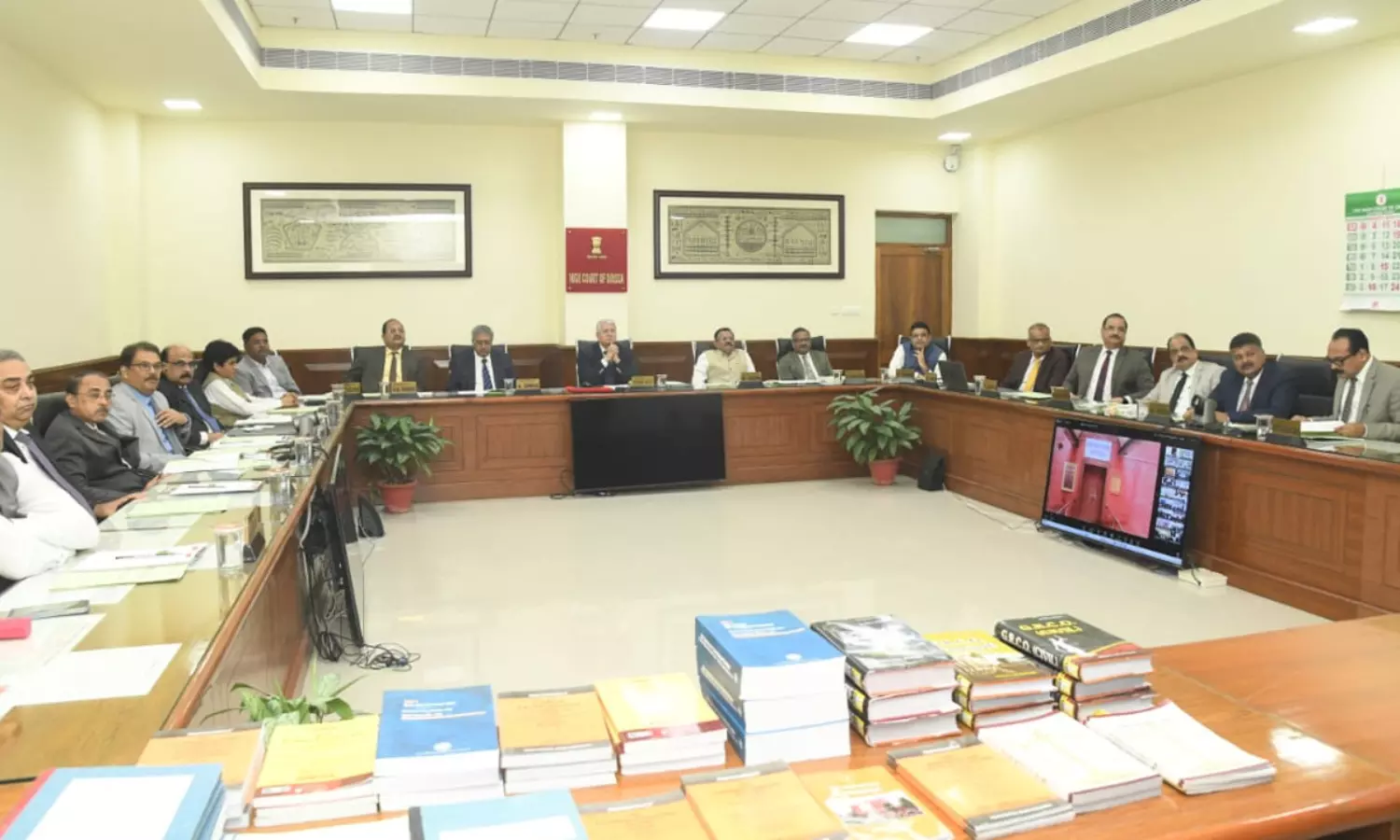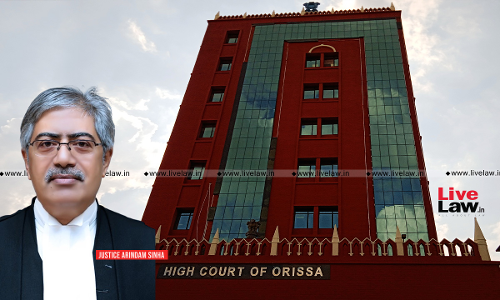Orissa High Court Launches Bilingual e-High Court Records Portal For Publication Of High Court & Supreme Court Judgments

Justice Chakradhari Sharan Singh, the Chief Justice of the Orissa High Court on Thursday launched the bilingual e-High Court Records (e-HCR) portal for publication of the reportable judgments of the High Court as well as the Supreme Court.The AI-Assisted Legal Translation Advisory Committee of the Supreme Court chaired by Justice Abhay S. Oka in the 'Digital Law Report Project' dated...
Justice Chakradhari Sharan Singh, the Chief Justice of the Orissa High Court on Thursday launched the bilingual e-High Court Records (e-HCR) portal for publication of the reportable judgments of the High Court as well as the Supreme Court.
The AI-Assisted Legal Translation Advisory Committee of the Supreme Court chaired by Justice Abhay S. Oka in the 'Digital Law Report Project' dated 29.07.2024 had issued certain guidelines to all High Courts for introducing the Digital Law Reports i.e. e-HCR. As a corollary, the bilingual (English and Odia) e-HCR web portal is designed as per the above guidelines.
The e-HCR portal is user friendly, unrestricted and accessible to all users. The Law Reporter Section of the Court being the Publication Wing of the e-HCR will publish the reportable judgments and the Translation Cell will translate the published e-HCR Judgments of the High Court and Supreme Court.
The object behind making the portal bi-lingual was to render it user-friendly and accessible for all kind of common users.
Presently, the Indian Law Reports-Cuttack Series (ILR-Cuttack) is being physically published on monthly basis and the softcopy thereof is being uploaded in the website of the High Court. The e-HCR will take it a step ahead by providing with search facilities to all users free of cost.
The English judgments are being translated with the help of AI based software called Supreme Court Vidik Anuvaad Software (SUVAS). The first reading of the Odia translated judgments is done by senior staff officers of the Court and then sent to proof-readers for vetting/validation. Retired Judicial Officers in the cadre of District Judge are appointed as proof-readers.
After getting the judgments from the proof-readers, the necessary corrections are carried out and sent to the Supreme Court for uploading in the e-SCR. Those judgments are also uploaded in the website of the High Court. Apart from the above uploading, the judgments in Odia are also being uploaded in the National Judicial Data Grid (NJDG).
Till 28.08.2024, 220 Supreme Court judgments have been translated into Odia, which are available in the e-SCR. Similarly, 157 judgments of the High Court have been translated and uploaded in the website under the menu “Judgments in Vernacular language”.
Some important judgments concerning tribal rights have also been translated in Santali language and uploaded in the e-SCR. Apart from the above, some important/ landmark Odia translated judgments are being sent to the Member Secretary, State Legal Services Authority (OSLSA) for creating awareness among the stakeholders through District Legal Services Authorities (DLSAs) and the Taluk Legal Services Committees (TLSCs).
On this occasion, the Chief Justice delivered the keynote address. Dr. Justice Sanjeeb Kumar Panigrahi, Chairman of the AI Translation Committee delivered the introductory speech and Justice Sashikanta Mishra, Member of the AI Translation Committee proposed the vote of thanks.
The companion judges of the High Court graced the occasion. The District & Sessions Judges and Judicial Officers of the District Judiciary, the Presidents and Bar Members of different Bars of the State were also present in virtual mode.




